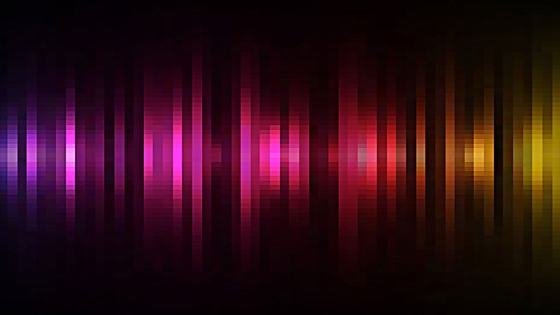
In 2020, Dr. Joe Cimpian was busy with three sole- and co-authored papers. “Why focusing on test metrics may impede gender equity: Policy insights” (PIBBS, 2020) describes trends in gender gaps in different achievement tests of math and reading, discussing why the gender gap might be smaller on state tests than on NAEP or in the ECLS-K datasets. Overall, though, the paper argues that focusing on gender gaps in tests may hurt gender equity because the real issues we need to address are the sociocultural factors that predict (and likely cause) these gaps in the first place. These sociocultural factors are discussed too, and some evidence is presented from both a national and international perspective.
“Teachers’ bias against the mathematical ability of female, black and Hispanic students” (Educational Researcher, 2020) reports the results of an experiment where we asked teachers to rate the correctness of student solutions to mathematical problems and then to estimate the mathematical ability of the students. The experiment is that we randomly assigned different race and gender-sounding names (e.g., Todd or Shanice) to the student solutions. Teachers did not rate the correctness of the solutions differently depending on student race or gender; however, they did rate the students' abilities as different. White female teachers underestimated the math ability of females, and teachers of color estimated White students to have higher abilities. These patterns have implications for teacher education programs and suggest that no one can be assumed to be bias-free.
“Teacher voices from an online elementary mathematics community: examining perceptions of professional learning” (JMTE, 2020) is a qualitative piece focused on the reasons teachers give for participating in an online professional learning community for teaching mathematics. This piece is part of a larger longitudinal study where we recruited teachers from a virtual learning community (VLC) to tell us about their experiences, be part of an experiment to enhance their reflection on pedagogy, and then have their student achievement gains measured. This article is just the first piece from this ongoing project.

